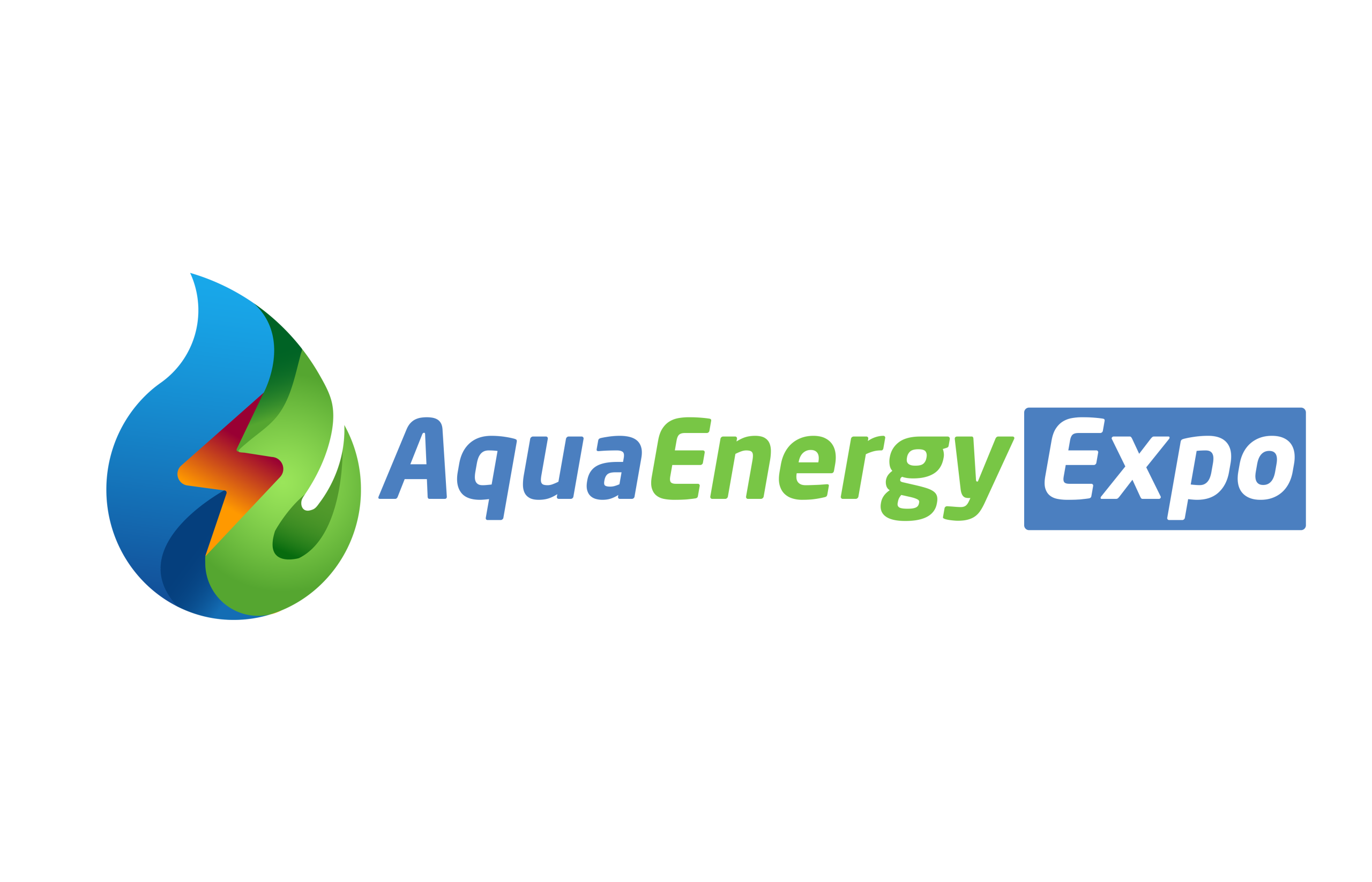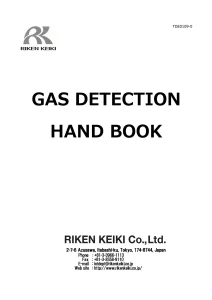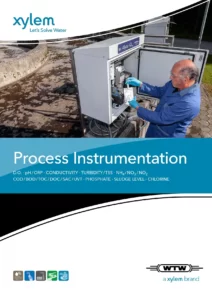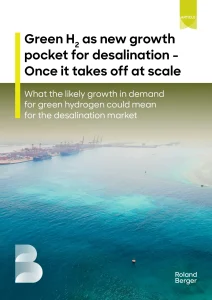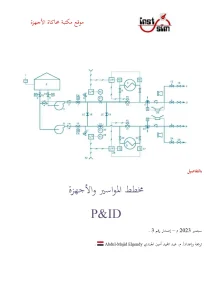Digital Book
Desalination Technologies and Economics: CAPEX, OPEX & Technological Game Changers to Come

About this book
Read the full description and details below.
Book details
Reader reviews
No reviews yet. Be the first to write one!

